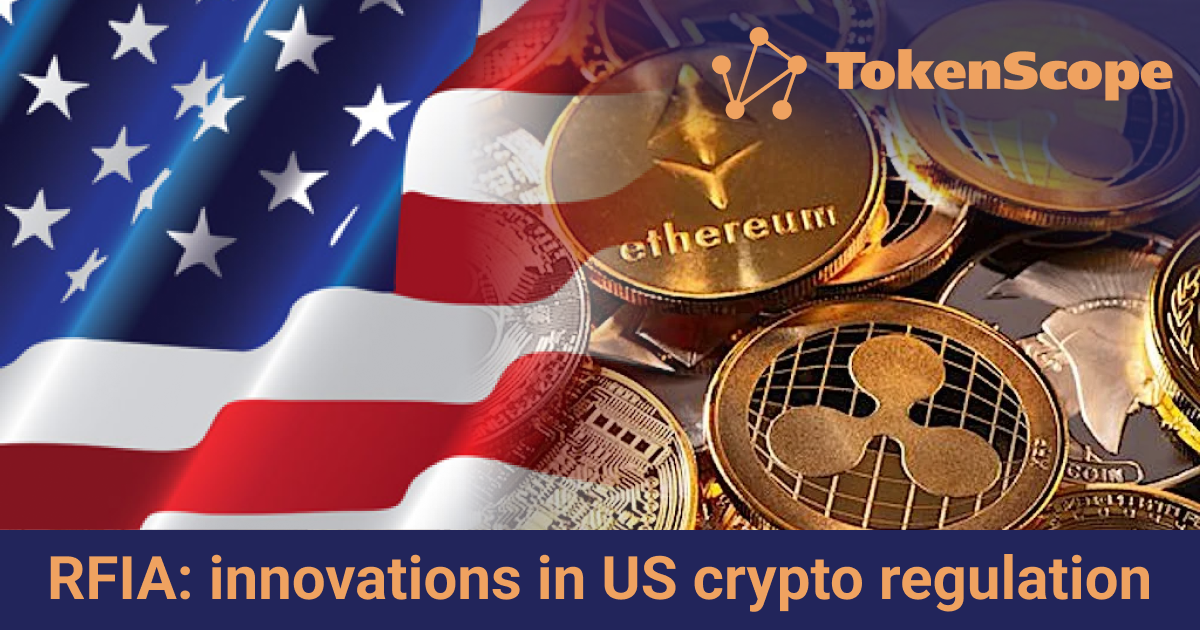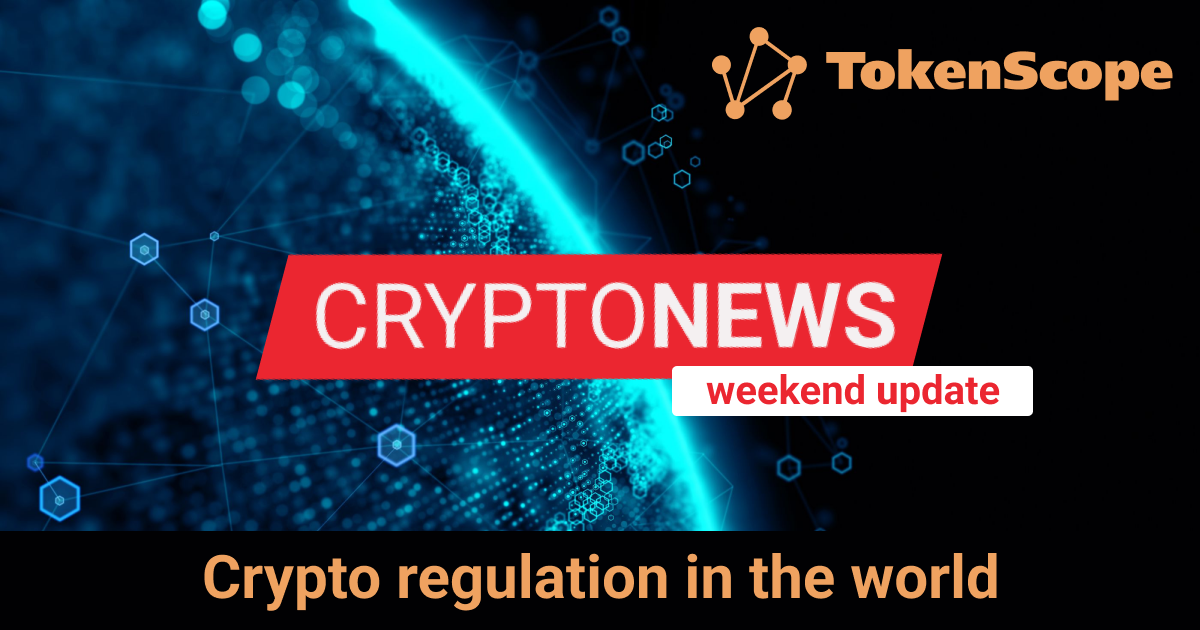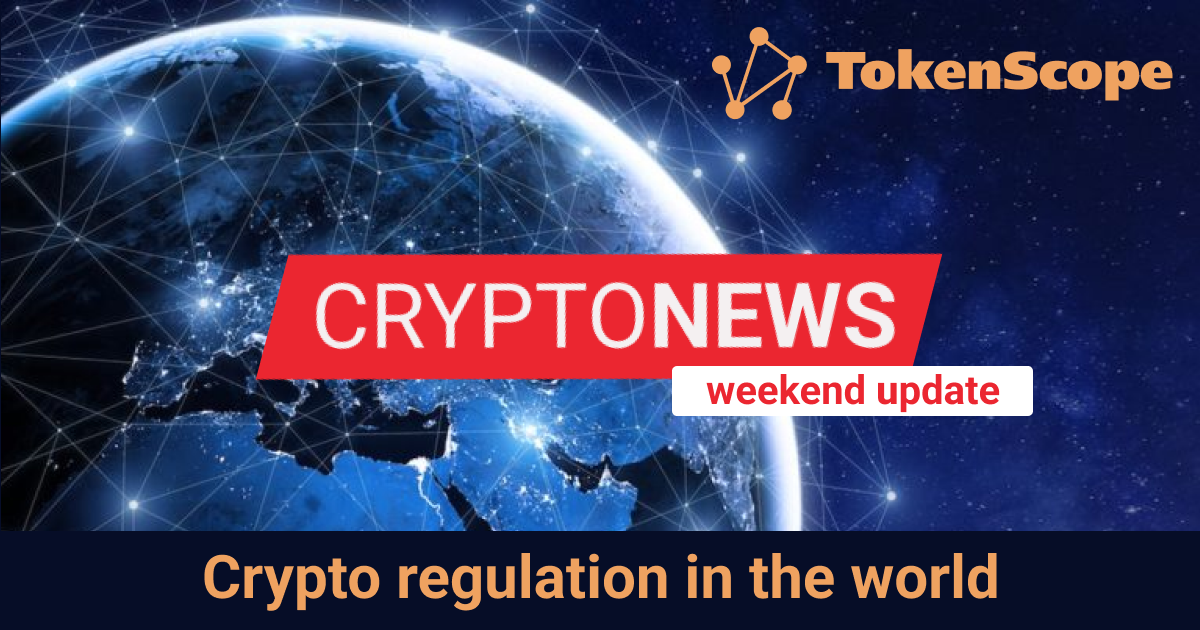MiCA: The EU crypto-assets regulation

The TokenScope Team continues to monitor news and major changes in the regulation of cryptocurrencies and crypto-assets. According to the recent Bloomberg announcement the EU is nearing an agreement on key legislation to regulate the cryptocurrency sector that would set common rules across the 27 member states of the Union. The Proposal for a regulation on Markets in Crypto-assets (MiCA) initially was presented in 2020, as it has been told in its explanatory memorandum, is a part of the European Commission’s Digital Finance package, a package of measures to further enable and support the potential of digital finance in terms of innovation and competition while mitigating the risks. As European countries still have no unity in some minor issues (for example whether it is necessary to complete it with a pack of NFT rules), let’s take a brief look at the regulation and examine its potential impact on risk mitigation of crypto-assets.
MiCA should provide a comprehensive and harmonized regulatory framework for crypto-assets that are not already defined as financial instruments or electronic money under Markets in Financial Instruments Directive (MiFID II) as well as CBDCs. It covers not only financial services regulation and supervision but also includes consumer protection and even ESG provisions. Thus, it is known that there have been attempts to amend MiCA with a ban of Proof of Work consensus protocol, used by Bitcoin and other popular cryptocurrencies.
At the same time, MiCA does not directly include regulations for AML/CFT obligations but it is stated that crypto-assets legislation should also contribute to the objective of combating money laundering and the financing of terrorism. Any definition of «crypto-assets» should correspond to the definition of «virtual assets» set out in the 40 recommendations of the Financial Action Task Force (FATF).
Crypto-assets are understood as a digital representation of value or rights which may be transferred and stored electronically, using distributed ledger technology (DLT) or similar technology. MiCA defines 3 major types of crypto-assets that are subject of specific regulation:
-
«Utility tokens» which are intended to provide digital access to a good or service, available on DLT, and that is only accepted by the issuer of that token. Such «utility tokens» have non-financial purposes related to the operation of a digital platform and digital services and should be considered as a specific type of crypto-assets. As an example we can mention BAT – Basic Attendance Coin;
-
«Asset-referenced tokens» means a type of crypto-asset that purports to maintain a stable value by referring to the value of several fiat currencies that are legal tender, one or several commodities or one or several crypto-assets, or a combination of such assets. For example Diem (former Libra) Facebook digital currency;
-
«E-money tokens» means a type of crypto-asset the main purpose of which is to be used as a means of exchange and that purports to maintain a stable value by referring to the value of a fiat currency that is legal tender («classic» stablecoin as USDT or notorious UST).
Along with a regulation of tokens MiCA represents two groups of companies that offer crypto-assets services: crypto-asset service providers (CASPs) and issuers of crypto-assets who offer these assets to third parties. MiCA’s CASP definition is similar to FATF’s VASP but covers a wider range of services according to the bill’s purposes. In order to carry out its services both types of companies must meet some strict requirements, such as:
- an obligation to register a legal entity within the EU;
- an obligation to publish an information document (called «white paper») with mandatory disclosure requirements;
- conduct their activities in accordance with professional standards;
- requirements for the amount of own capital.
The proposed regulations will also be applicable to any non-European CASP entering the EU’s market. As in the EU still there is no consolidated approach to regulation of cryptocurrencies and crypro-assets it still makes cross-border provision of services in relation to crypto-assets difficult. The implementation of MiCA will provide protection against some of the most significant risks posed by crypto-assets such as fraud, scam and market manipulations. Next stage of the Bill’s discussions is expected to take place on June 14 and June 30.
However, no matter what laws are adopted, one should not forget about the necessity to conduct a risk assessment in case there is an intention to invest in any of the variety of crypto-assets.
Successful investments in cryptocurrency projects and don't forget to check addresses for risks, it can help to save your funds! You can also report us any cases related to fraudulent cryptocurrency addresses and the considered risks at TokenScope via «Reporting a cryptocurrency address» form. This will help to protect other users from the risks of interacting with such addresses and their owners.




